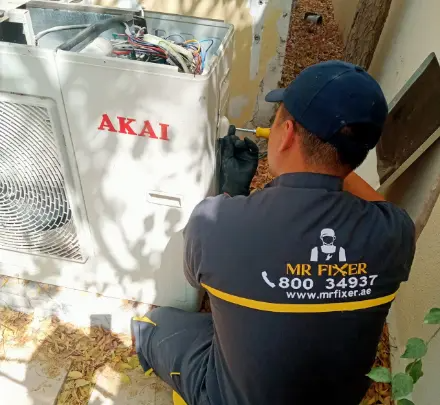DIY AC Cleaning Vs Professionals- Which Is Better?
What is the best approach when it comes to air conditioner cleaning – doing it yourself or calling in professionals? Regular cleaning keeps the unit running efficiently and prevents unnecessary strain. Both methods have their own benefits and limitations, and the choice often depends on convenience, cost, and the depth of cleaning necessary.
Benefits of DIY cleaning:
AC cleaning on your own helps with basic upkeep. Tasks such as rinsing or replacing filters, wiping vents, and clearing debris around the outdoor unit are manageable without technical skills. Doing these small steps regularly prevents dust build-up and keeps the system running more efficiently.
Limitations of DIY cleaning:
While DIY methods are useful for surface-level care, they do not always address deeper issues. Coils, drain lines, and internal parts may want more advanced cleaning, which is difficult without the right tools. Incorrect handling may also lead to damage or overlooked problems that could affect long-term performance.
Benefits of professional cleaning:
Professional technicians have the tools and knowledge to carry out a thorough service. They can clean coils, flush drain lines, and inspect parts for wear and tear. Their detailed approach ensures that the system works at its best capacity, which may extend the overall life of the unit.
Limitations of professional cleaning:
Hiring professionals involves scheduling an appointment and paying service charges. For those comfortable with handling basic tasks, this may feel like an extra step. However, professional cleaning is generally less frequent, so it is not something that must be arranged very often.
Finding the right balance:
The most effective approach is combining both methods. Regular DIY cleaning handles everyday upkeep, while professional servicing addresses deeper issues at longer intervals. For example, filters may be cleaned monthly at home, while professionals could be scheduled once or twice a year for more detailed work.
When comparing DIY cleaning and professional service, both have unique advantages. DIY tasks are suitable for simple and frequent upkeep, while professionals provide thorough inspection and cleaning that improves efficiency over time. A balanced approach between the two is often the best choice, keeping the air conditioner reliable throughout the year.

